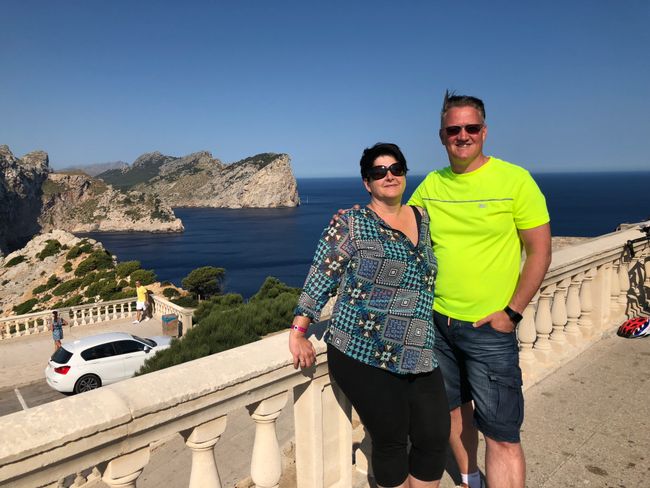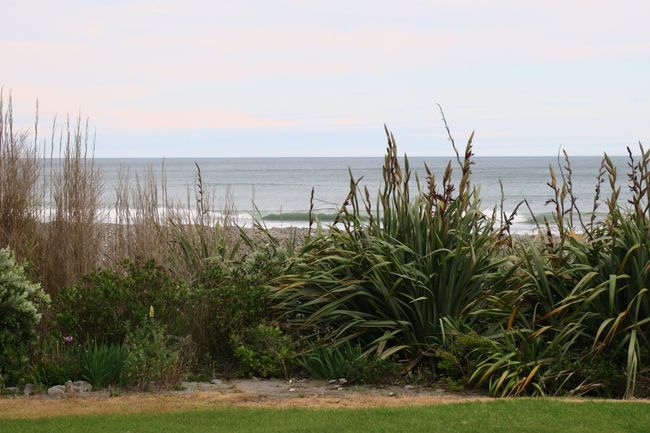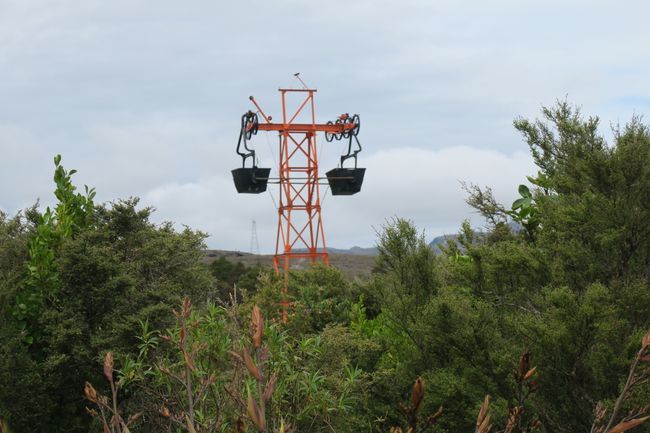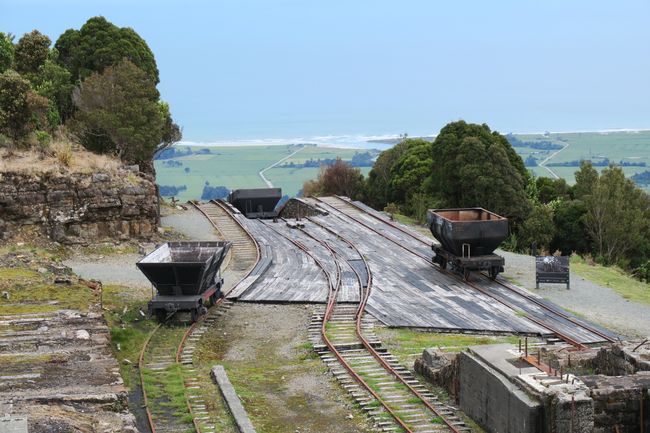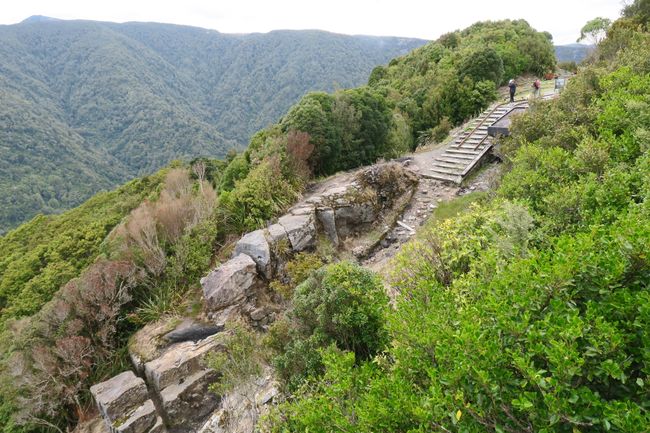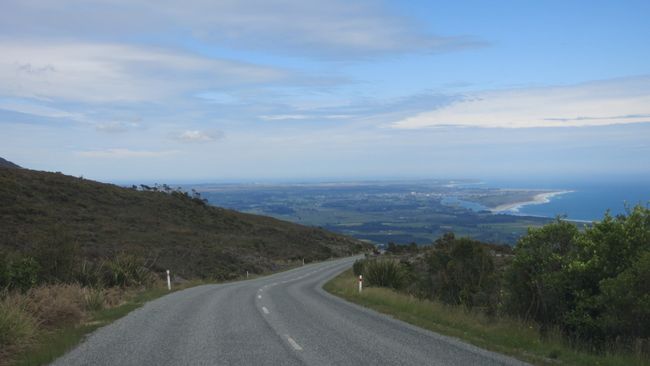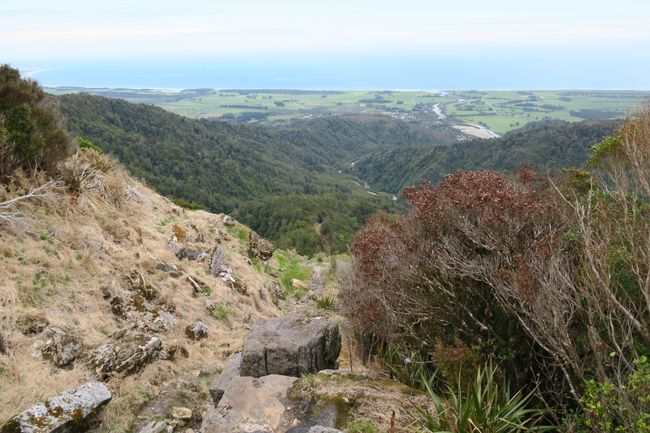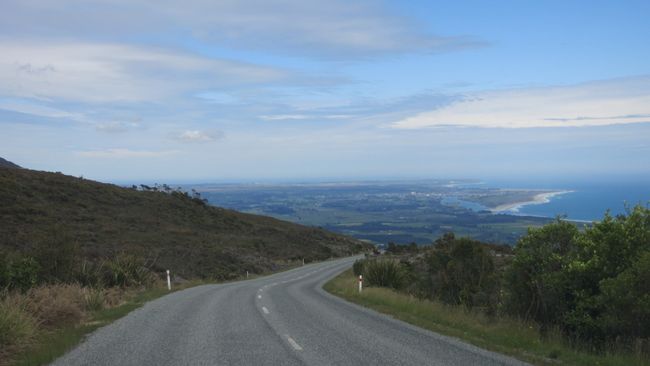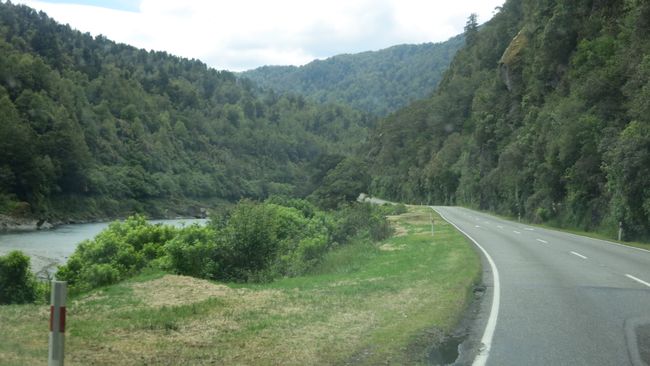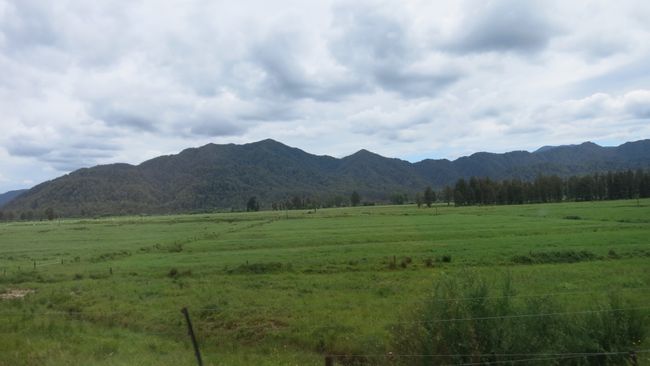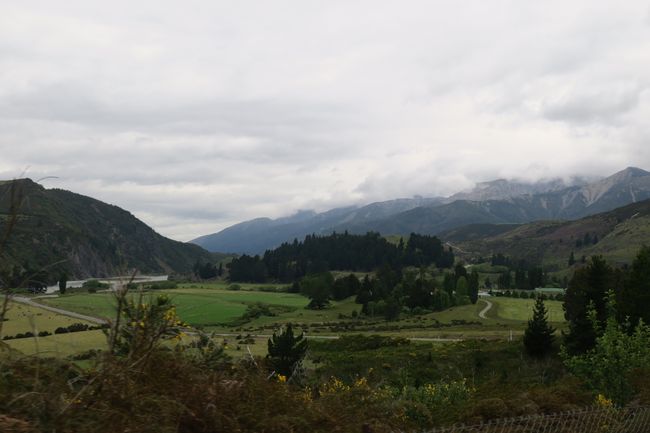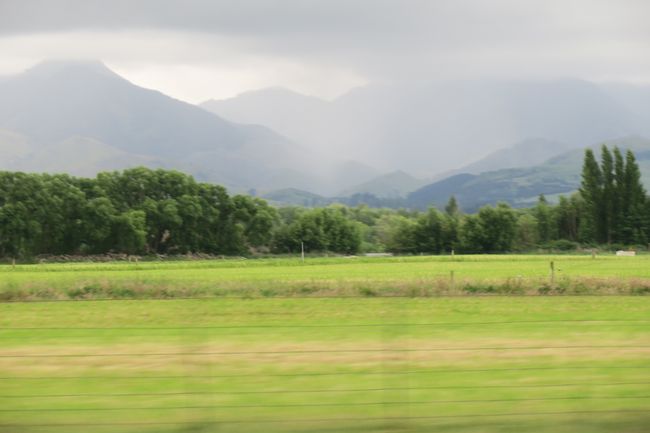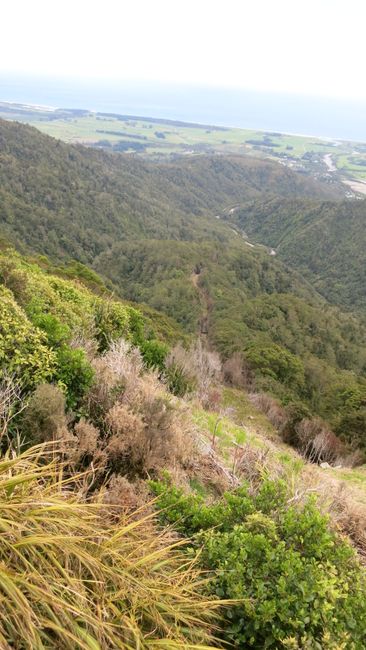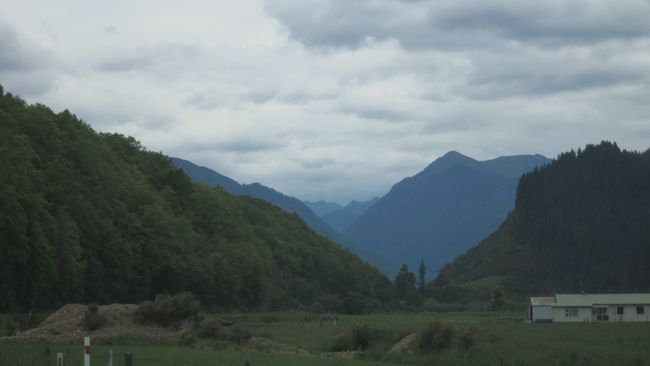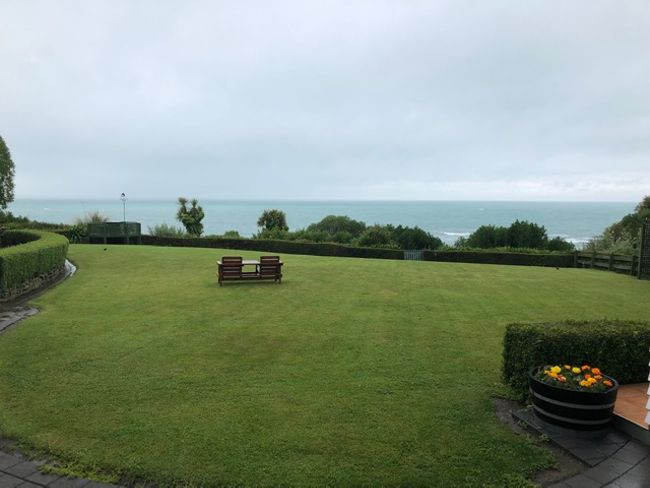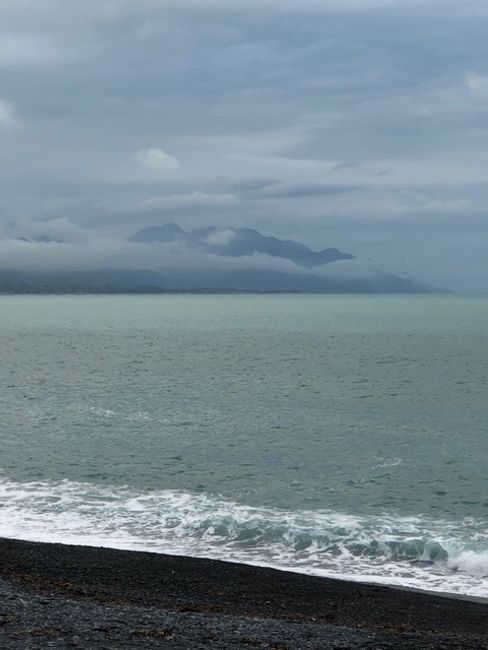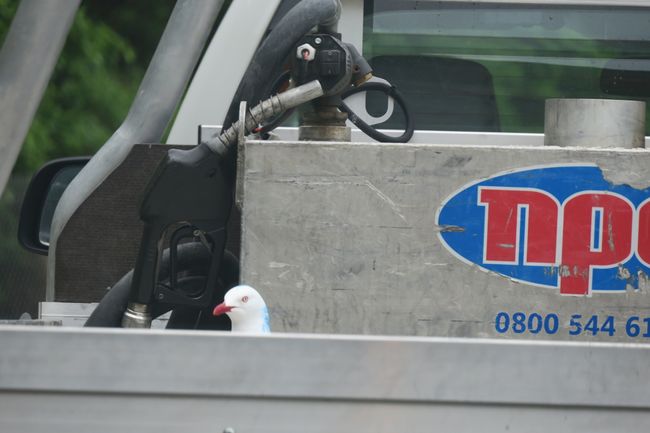Winding
प्रकाशित कीता: 25.11.2018
न्यूज़लेटर दी सब्सक्राइब करो
It's incredible how many campers are traveling here. On the roads, probably every 2nd car is one. At least that's how it feels. As I mentioned yesterday, today is another one of those travel days. Back to the East Coast to Kaikoura. But before we hit Highway 7, we make a little detour to the local "coal mine museum". 8 km of switchbacks up the mountain.

to the "Denniston Coalmining Area". The museum was quite interesting.
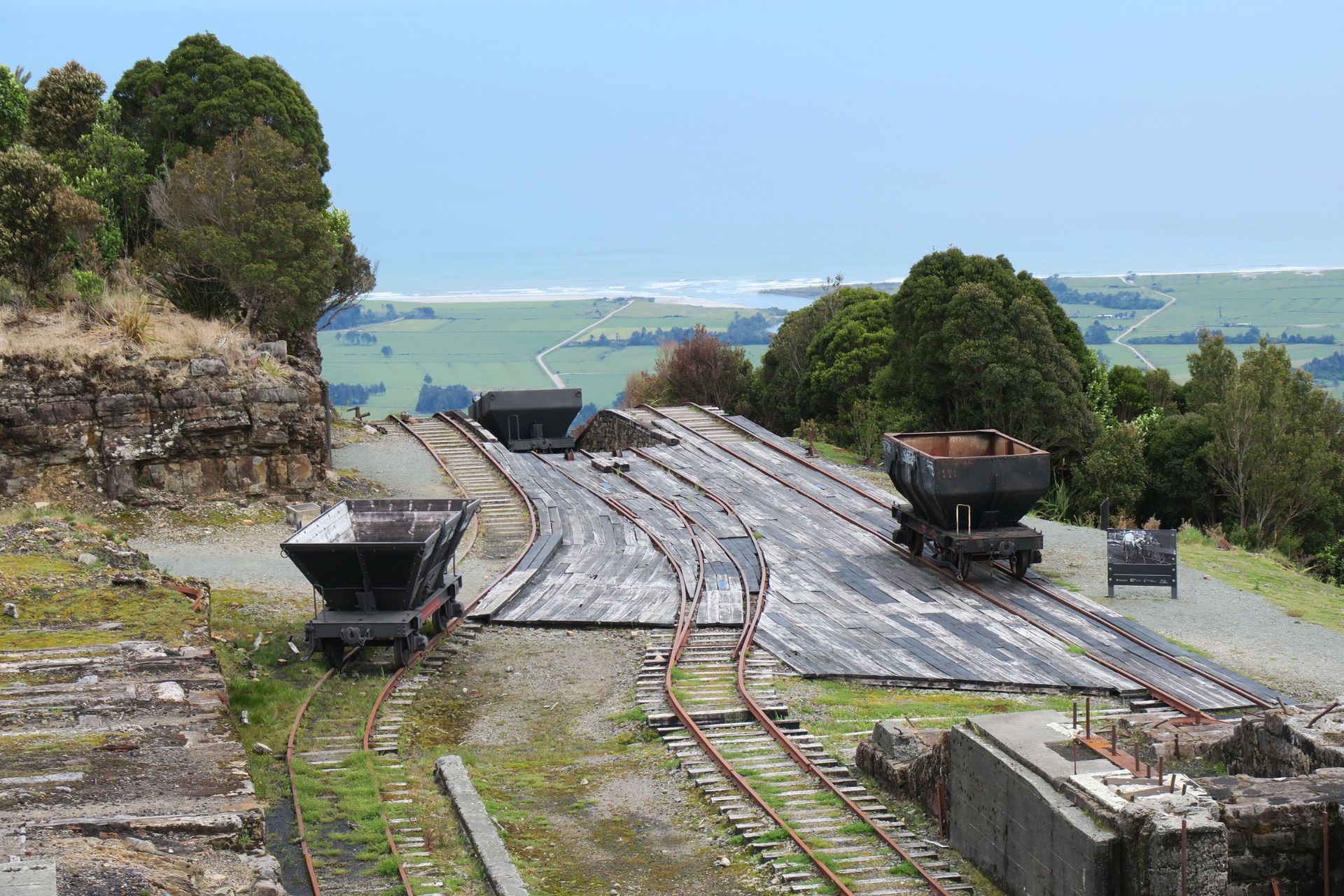
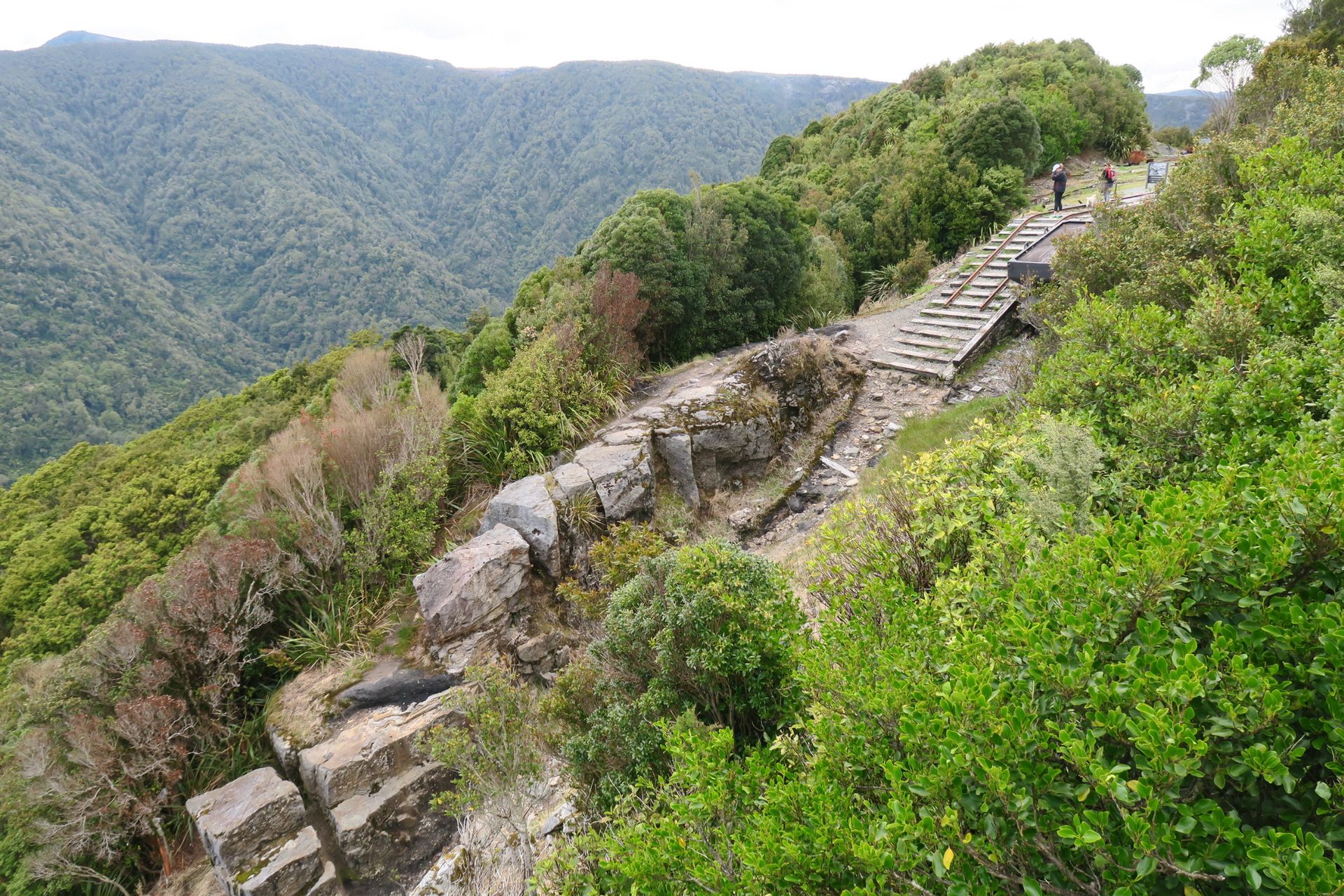
💡The mine was the largest in New Zealand for decades. However, in 1967, production was reduced due to declining demand, and the mine was finally closed in 1995. Thanks to my imagination, I even smelled the coal during our tour.
The best part, however, was the view from up there. Simply breathtaking.

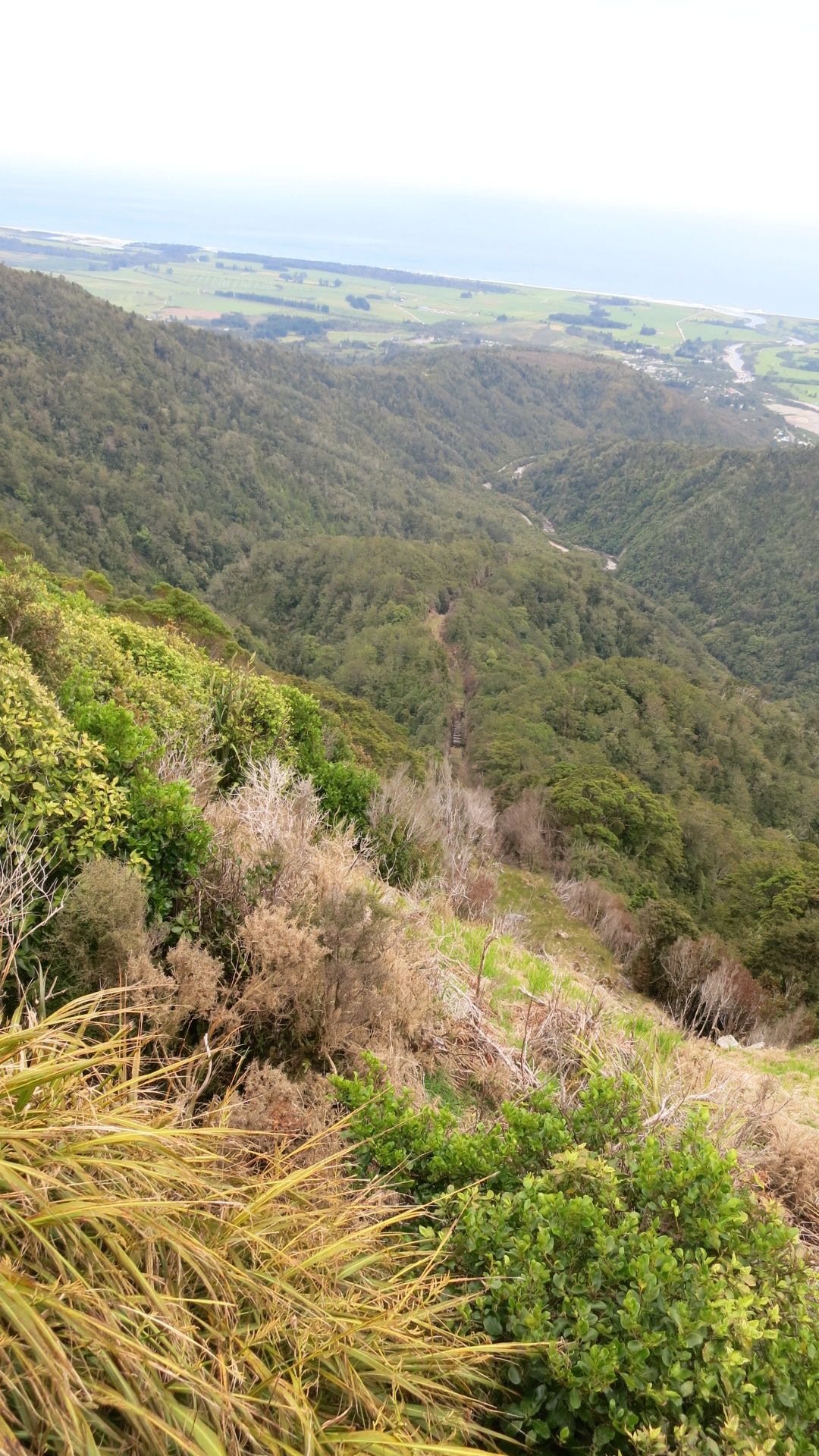
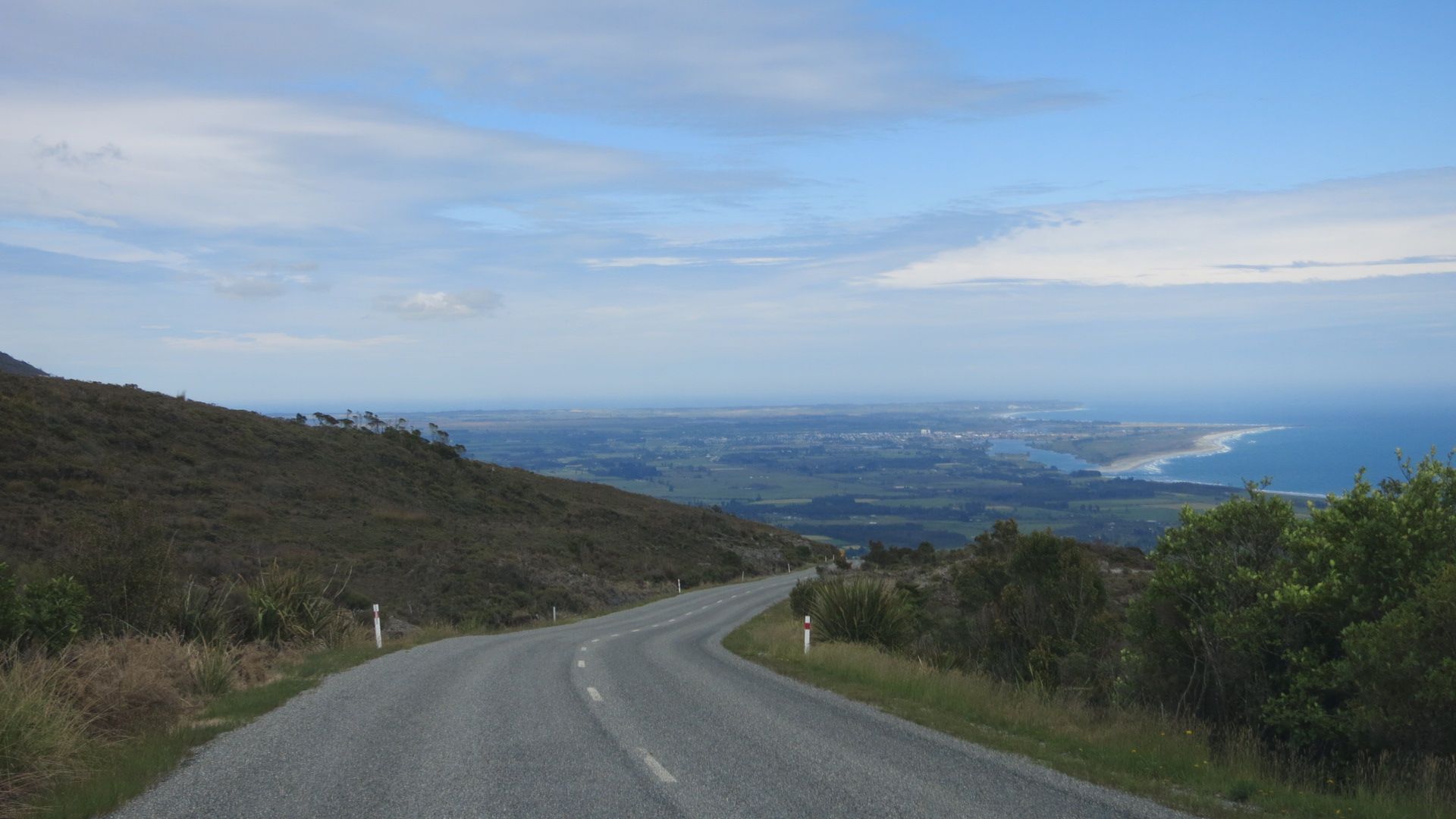
But now, let's continue. We still have 6 hours of driving ahead of us. We're heading to Lewis Pass, crossing the New Zealand Alps back to the east side of the South Island.
First, the highway winds along the river through the mountains.

And suddenly, you come to a large plateau with pastures surrounded by mountains.

Isolated, there's a house. Here, you have to plan very carefully what you want to cook for the next few days or weeks. Because if you forget something here, you can't just quickly go to the supermarket or the neighbor, as there are none around. For me, as a almost daily shopper, that would be hell.
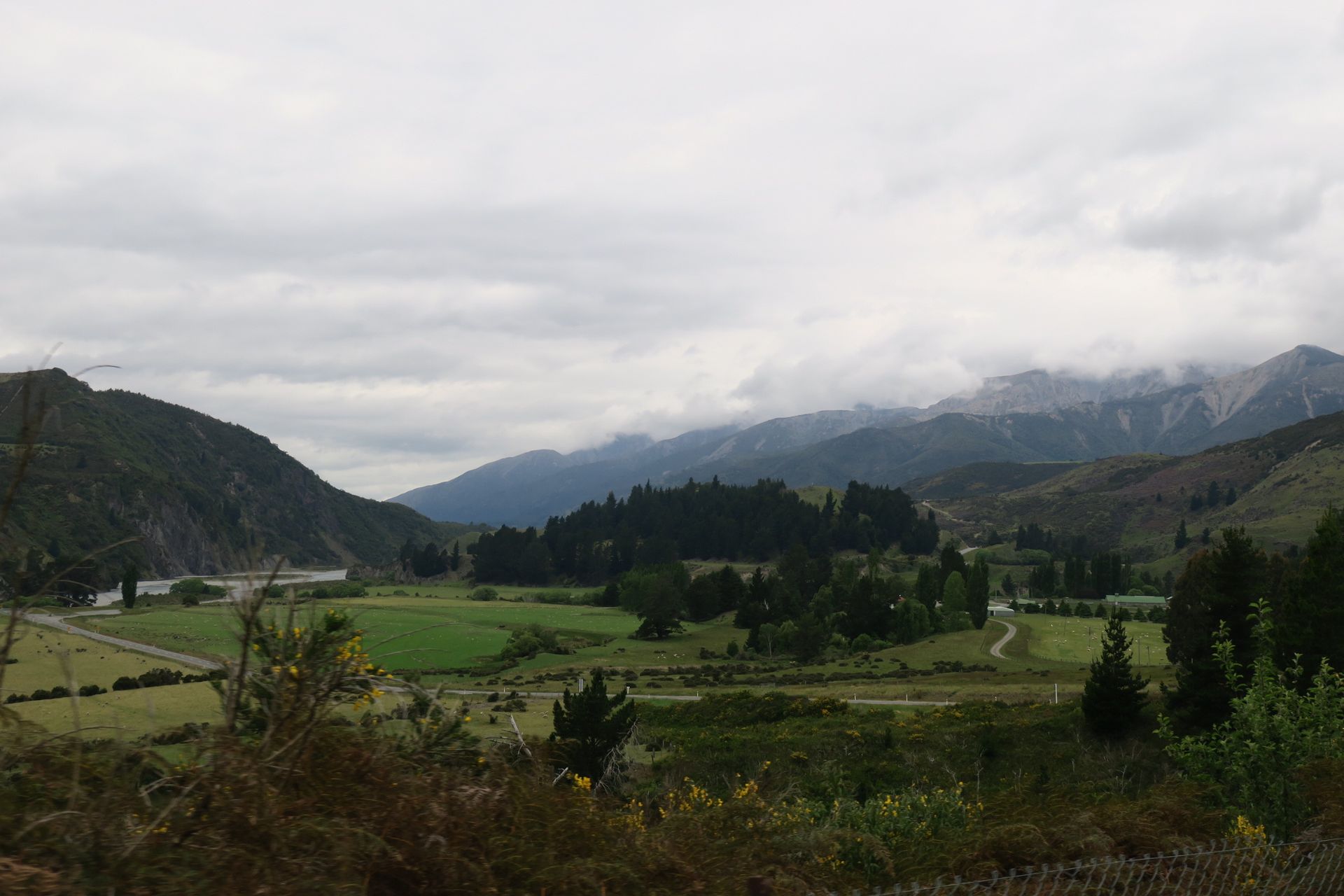
We continue between mountains and valleys towards the coast.
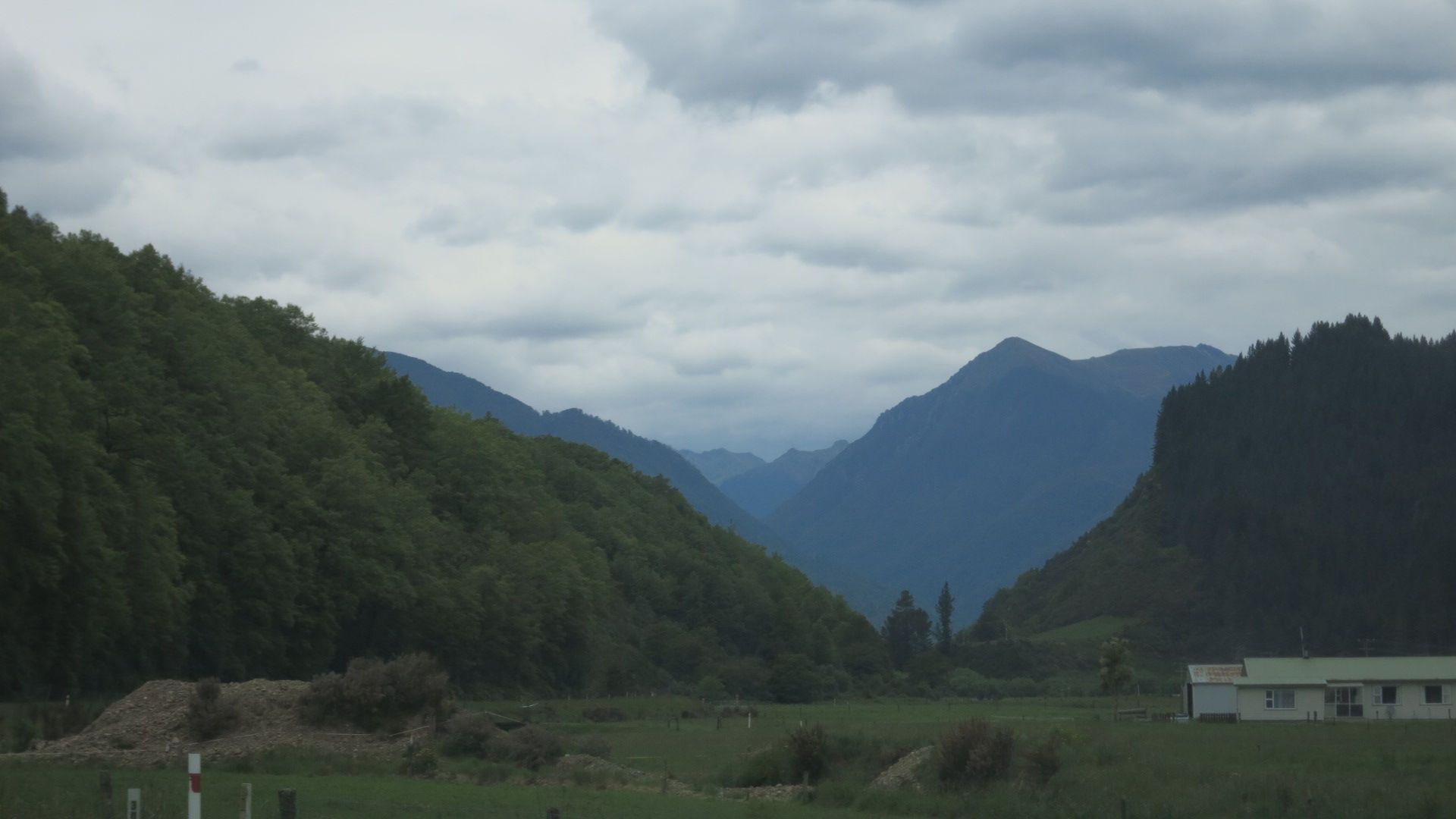


💡Facts about Kaikoura: Before the first Europeans settled here in 1842, the Māori lived here for over 600 years. The name Kaikoura means kai=food koura=crayfish. The first Europeans started whaling in 1842, followed by sheep and goat farming. Today, the town lives off tourism, mainly whale watching, in addition to lobster (crayfish) fishing and agriculture. All companies that offer whale watching tours belong to the Māori people. And they are very accommodating, because if you don't see any whales on the tour, you get your money back.
Currently, Kaikoura has about 2,000 inhabitants.
In 2016, a 7.8 magnitude earthquake destroyed the infrastructure around Kaikoura. Because it is located on a clay plate, the town remained virtually undamaged. For days, the town was cut off from the outside world.
Statistically, there are about 15,000 earthquakes in New Zealand each year, of which only about 100 are noticeable. And the very strong ones occur every 5-8 years (statistically speaking). So, keep your fingers, toes, and whatever else you can, crossed.
During our post-dinner walk on the beach,
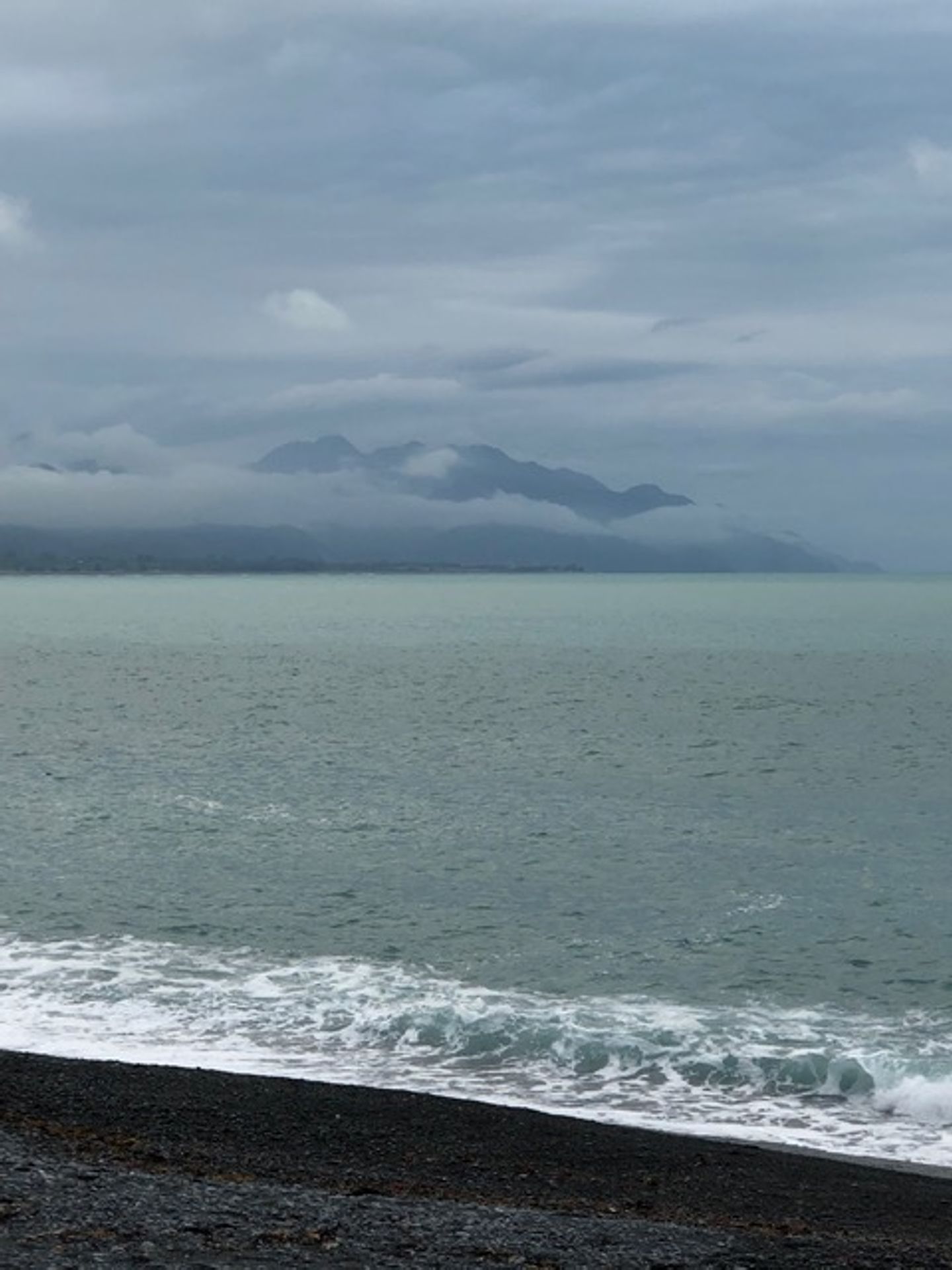
we met a nice couple from Garmisch. It was nice with them and we were able to help them with the problem with the trunk of their Toyota Highlander. But we only did that because their daughter just bought a brand new T6 California🤫. It pays off to work for a car manufacturer. Maybe we'll have dinner together tomorrow, if we can find a place.

न्यूज़लेटर दी सब्सक्राइब करो
परता

यात्रा दी रिपोर्ट न्यूजीलैंड ऐ।

